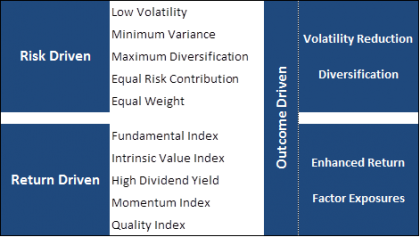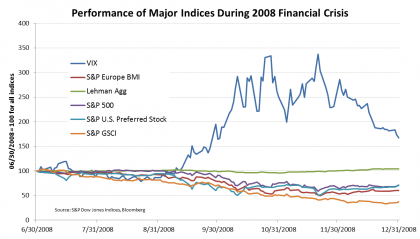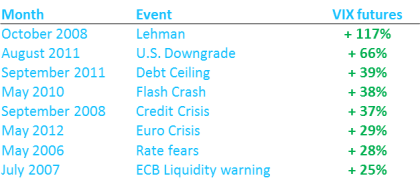The S&P/BGCantor Current 10 Year U.S. Treasury Bond Index closed last week up 0.12%. January’s Housing Starts number of 880k fell well below the 950k expected number and the prior revised level of 1048k pushing Treasuries up for the week. The question was how much of the number was due to harsh winter weather or whether a slower economy might be a factor.
The Treasury will be coming to market with supply of 2’s (both floating & fixed), 5’s and 7-year notes. The $109 billion in debt will be auctioned this week.
This week will bring more housing and economic information. Already U.S. Treasuries are slightly down in price as the Chicago Fed National Activity Index reported a -0.39. The expected number was -0.20 and the prior December number was a 0.16 which later was revised down to -0.03. The Dallas Fed Manufacturing Outlook reflected the same sluggishness in the economy as February number was a 0.3 versus a prior 3.8. Tomorrow’s House Price Index release along with the S&P/Case-Shiller Home Price Index should add insight on top of last week’s Housing Starts number. Also due to be release this week, outside of housing indicators, will be Durable Goods, Initial Jobless Claims, GDP information and the University of Michigan Confidence Index. Each and every one of the numbers has the potential to shed more transparency on the overall strength of the economic recovery.
Very little curve movement for this month has the S&P U.S. Issued Investment Grade Corporate Bond Index returning only 0.22% for the month. The OAS (Option-Adjusted Spread) of the S&P U.S. Issued Investment Grade Corporate Bond Index is pretty much unchanged for February, while in January they were tighter by 8 basis points. The BBB rating sub-index has tightened in both January and February as moving back down in credit to gain yield has picked up again.
The performance of high yield as measured by the S&P U.S. Issued High Yield Corporate Bond Index reflects the need for yield. The index is returning 1.26% for the month and 2.03% year-to-date. The loans in the S&P/LSTA U.S. Leveraged Loan 100 Index have not kept pace with the longer duration high yield index as loans returns 0.04% for the month and 0.65% year-to-date. Though, a reversal in the direction of rates could change the story very quickly when comparing loans to high yield.
Source: S&P Down Jones Indices, Data as of 2/21/2014, Leverage Loan data as of 2/23/2014.
The posts on this blog are opinions, not advice. Please read our Disclaimers.
















































